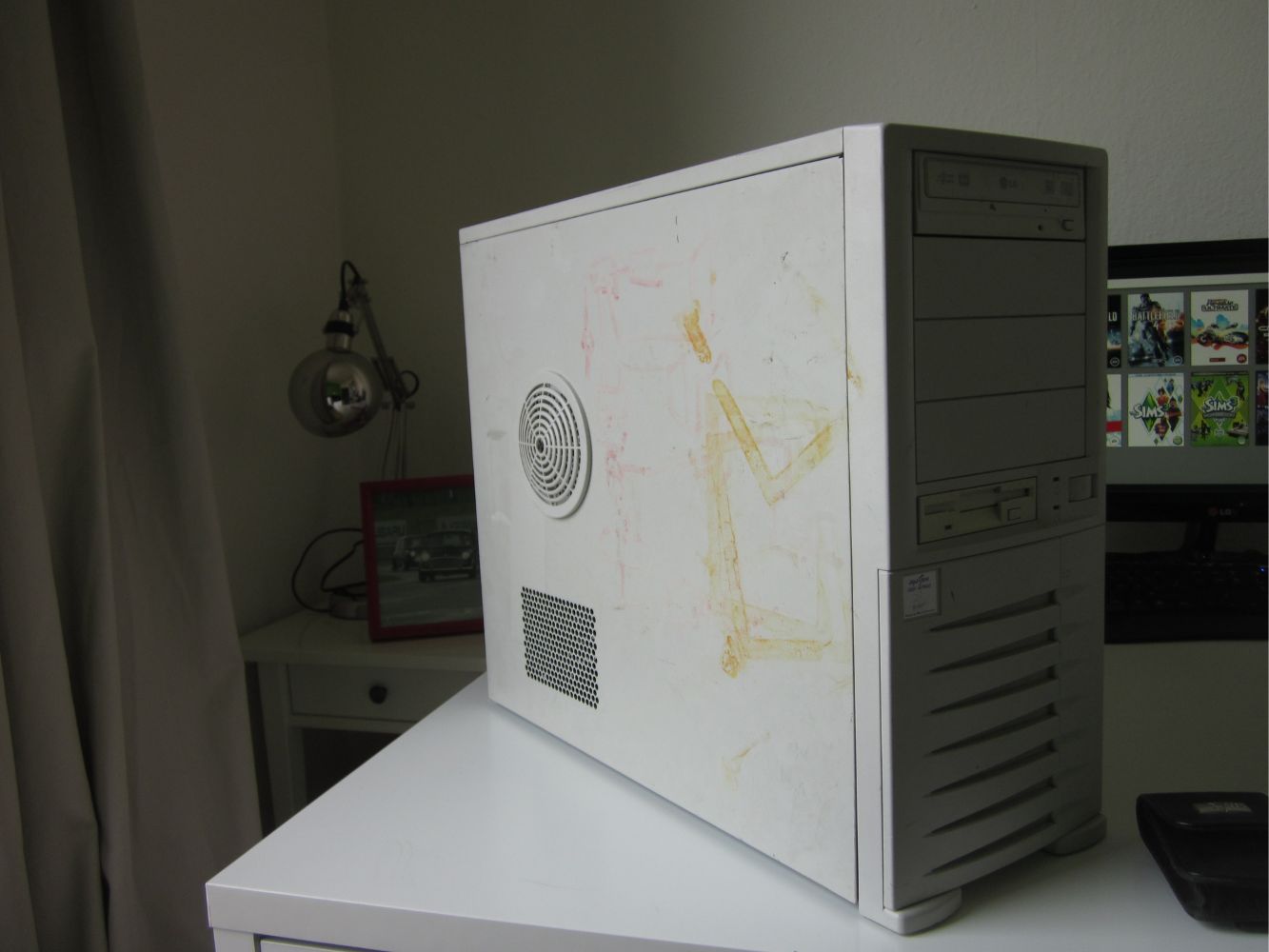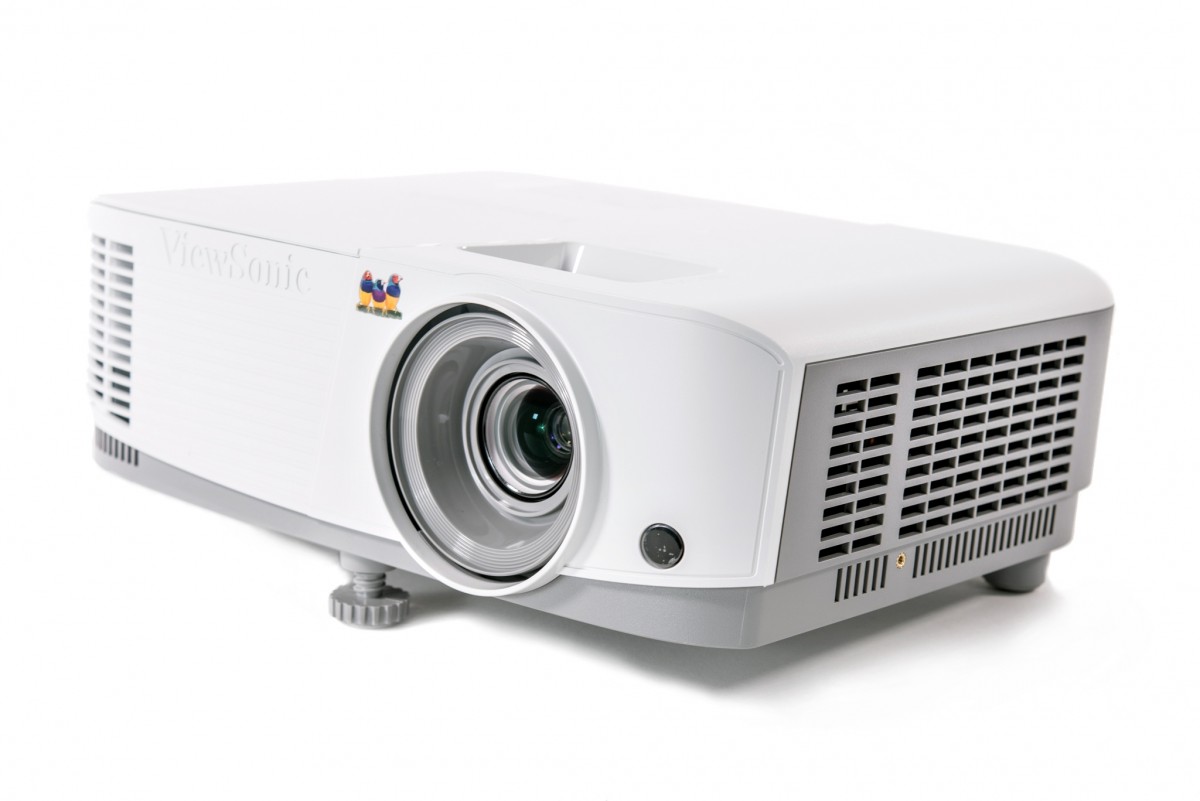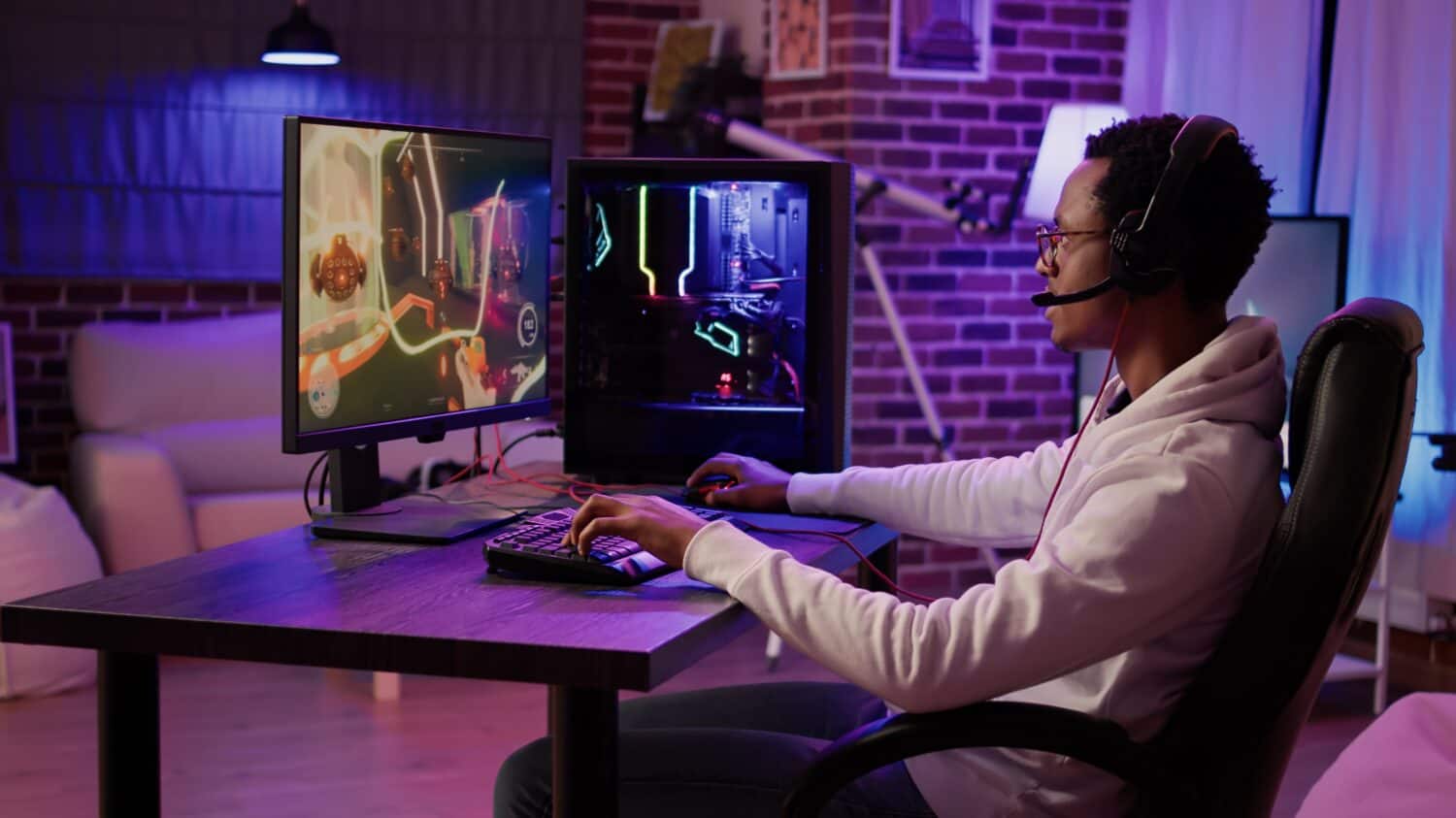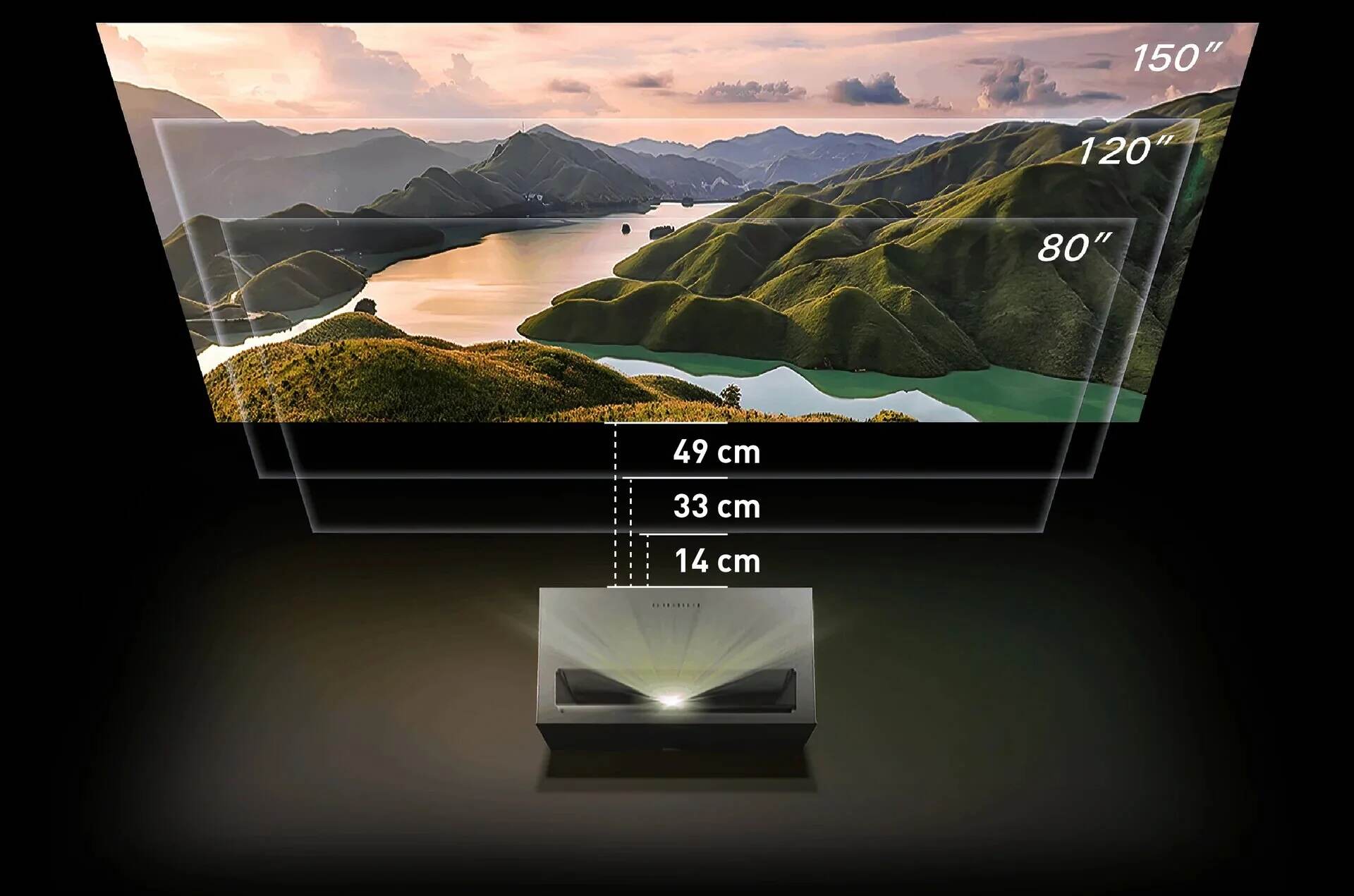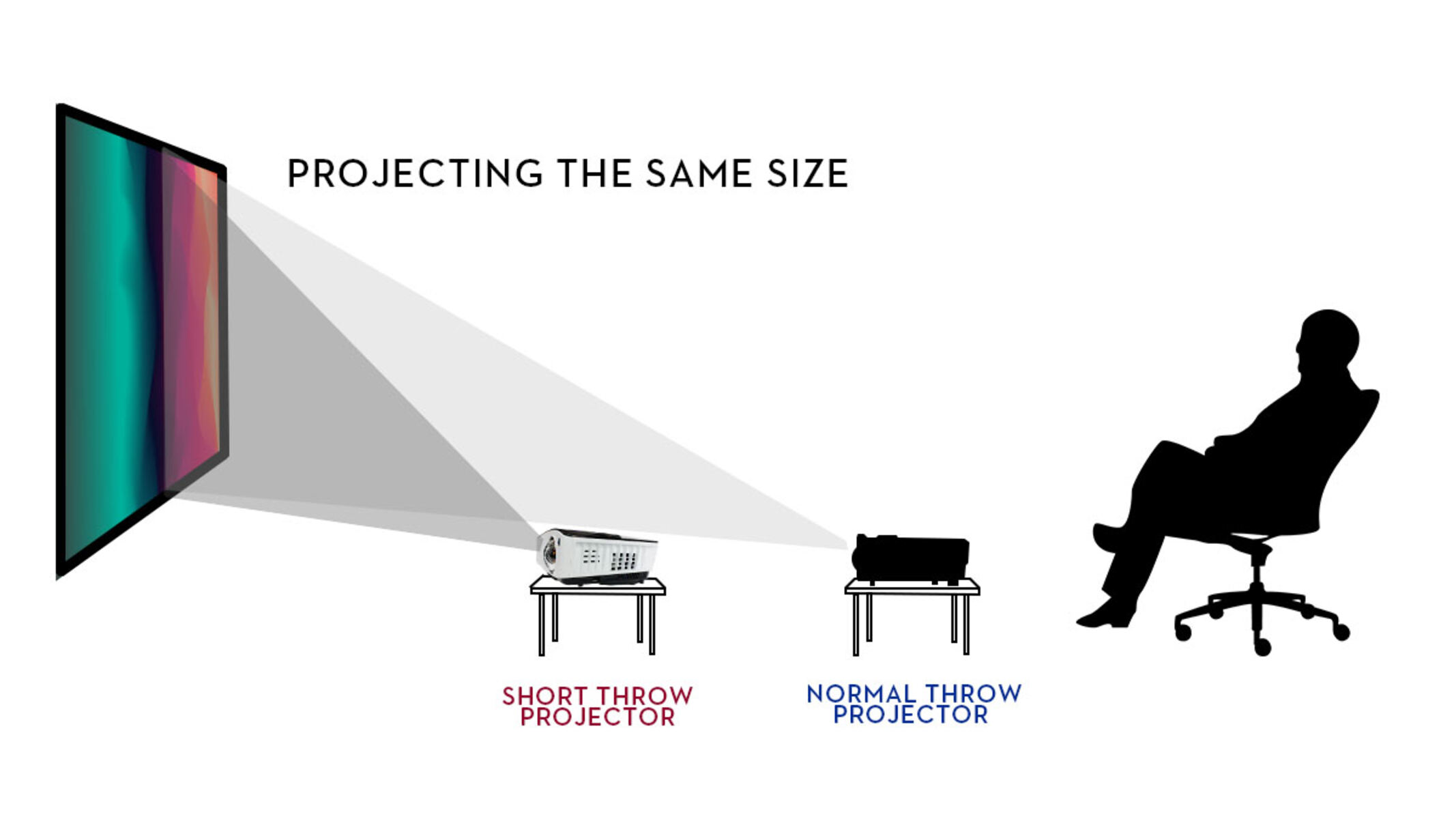Introduction
When it comes to upgrading your computer, one of the essential tasks is getting rid of your old PC case. Whether it’s because you’re replacing it with a newer model or you’re simply looking to declutter your space, disposing of a PC case requires careful consideration to ensure it is done safely and responsibly.
In this guide, we will walk you through the steps to properly dispose of your PC case. From disconnecting and removing the components to checking if the case can be recycled, we’ll cover everything you need to know. Additionally, we’ll provide some safety precautions to ensure you handle the process in the best and most efficient way.
Before we dive into the details, it’s important to note that each PC case is unique, and the specific steps may vary slightly depending on the manufacturer and model. However, the general guidelines provided in this article should serve as a helpful framework for most PC cases.
So, if you’re ready to say goodbye to your old PC case, let’s get started on the journey of properly disposing of it!
Safety Precautions
Before you begin the process of disposing of your PC case, it’s crucial to prioritize safety. Here are some important safety precautions to keep in mind:
- Power Off and Unplug: Ensure that your computer is completely powered off and disconnected from any power source. This will help prevent any potential electrical accidents during the removal process.
- Protective Gear: Wear appropriate protective gear, such as gloves and safety glasses, to shield yourself from potential sharp edges or debris that may be present when handling the PC case.
- Take Precautions Against Static Electricity: Static electricity can damage sensitive computer components. Before touching any internal parts, make sure to discharge any static electricity by grounding yourself. You can do this by touching a grounded metal object or wearing an anti-static wristband.
- Proper Ventilation: Ensure that the area in which you’re working has adequate ventilation. Some computer components may release harmful particles or fumes, so it’s important to keep the air circulating while handling the PC case.
- Secure Work Surface: Make sure to work on a stable and secure surface, such as a sturdy table or workstation, to prevent accidental dropping or damage to the PC case.
- Read Manufacturer’s Instructions: Refer to the manufacturer’s instructions or documentation specific to your PC case model. They may provide additional safety measures or guidelines for disassembly and disposal.
By following these safety precautions, you can minimize the risk of accidents and ensure a safe and smooth process as you dispose of your PC case.
Step 1: Disconnect and Remove All Components
The first step in disposing of your PC case is to disconnect and remove all components from the case. This includes the motherboard, power supply, hard drives, RAM sticks, graphics card, and any other connected peripherals. Follow these steps to safely disassemble and remove the components:
- Power Down: Make sure your computer is turned off and unplugged from the power source.
- Ground Yourself: To prevent any damage from static electricity, ground yourself by touching a grounded metal object or wearing an anti-static wristband.
- Open the Case: Find the screws or latches that secure the side panel of your PC case and remove them. Gently remove the side panel to expose the internal components.
- Disconnect Cables: Take note of how components are connected before disconnecting any cables. Carefully remove the power cables, data cables, and any other cables attached to the components.
- Remove Components: Start by removing the power supply, which is typically held in place by screws. Disconnect any cables connected to the power supply before taking it out. Next, remove the motherboard by unscrewing it from the case and disconnecting any cables attached to it. Similarly, remove the remaining components one by one, ensuring you handle them with care.
- Label and Store Components: As you remove the components, label them if necessary and store them in a safe place. You may choose to reuse these components in another computer or donate them, so keeping them organized is important.
By following these steps, you can disconnect and remove all the components from your PC case, preparing it for the next stages of disposal or recycling.
Step 2: Remove any Reusable Parts
Before you dispose of your PC case, it’s worth checking if there are any reusable parts that can be salvaged or repurposed. This step not only reduces waste but also gives you the opportunity to save money by reusing certain components in your future computer builds. Here’s how you can identify and remove reusable parts from your PC case:
- Assess Components: Examine each removed component and consider whether it is still functioning properly and compatible with your future computer needs.
- Check for Upgradability: Determine if any components can be upgraded for better performance, such as RAM or storage devices.
- Remove Compatible Parts: If you decide to reuse certain components, carefully detach them from their respective connections. Take your time to avoid causing any damage during this process.
- Store Reusable Parts Safely: Once detached, store the reusable components in an anti-static bag or wrap them in an anti-static material. This step will help protect them from static electricity damage while they are in storage.
Common reusable components include RAM sticks, graphics cards, hard drives, and power supplies. However, the reusability of components may vary depending on their age, compatibility, and your personal preferences. It’s always a good idea to research and understand the compatibility of the components you wish to reuse in your future system.
By removing and storing any reusable parts, you can make the most of your old PC case and potentially save money in future computer upgrades.
Step 3: Check if the Case can be Recycled
Before disposing of your PC case, it’s important to determine if it can be recycled. Recycling is an eco-friendly option that helps reduce electronic waste and its impact on the environment. Follow these steps to check if your PC case can be recycled:
- Research Local Recycling Guidelines: Start by researching the recycling guidelines and regulations specific to your area. Check with your local recycling center or municipality to understand their rules and requirements for recycling electronic waste.
- Look for Recycling Symbols: Inspect your PC case for any recycling symbols or markings. These symbols indicate that the case is made from recyclable materials and can be safely disposed of through recycling channels.
- Identify Hazardous Materials: Examine your PC case for any hazardous materials that may need special handling, such as lead-based solder or toxic chemicals. These materials may require certain disposal procedures to ensure they don’t harm the environment.
- Contact Recycling Facilities: Contact nearby recycling facilities or electronic waste recycling centers to inquire if they accept PC cases for recycling. They can provide you with specific instructions on how to properly dispose of your case.
If you are unable to find a recycling facility that accepts PC cases in your area, consider reaching out to a computer repair or refurbishment shop. They may be able to direct you to a facility or organization that specializes in recycling electronic waste.
Remember, recycling your PC case is an environmentally responsible choice that helps conserve resources and reduce the carbon footprint associated with manufacturing new products.
Step 4: Prepare for Disposal
Once you have determined that your PC case cannot be recycled or reused, it’s time to prepare it for disposal. Proper preparation ensures that the case is safely handled and disposed of in accordance with local regulations. Follow these steps to prepare your PC case for disposal:
- Remove Any Remaining Components: Double-check your PC case to ensure that all components, cables, and screws have been completely removed. This step minimizes the risk of any loose parts causing damage during disposal.
- Clean the Case: Give your PC case a thorough clean to remove any dust or debris. Wipe it down with a soft cloth or use compressed air to blow away any lingering particles. A clean case is easier to handle and ensures that no dirt is left behind during disposal.
- Protect Sensitive Information: If your PC case contained a hard drive, take steps to protect any sensitive information that may be stored on it. Consider securely erasing the hard drive or physically destroying it to ensure no personal data can be recovered.
- Securely Package the Case: Wrap the PC case in a protective material, such as bubble wrap or foam, to prevent any damage during transportation. If the case is particularly large or heavy, consider using a box or container that can safely accommodate its size.
- Label as Non-Recyclable: If your PC case is not recyclable, mark it clearly as non-recyclable. This helps waste management personnel identify it correctly and dispose of it accordingly.
By following these steps, you can safely and responsibly prepare your PC case for disposal, ensuring it is ready for proper handling during the final stage.
Step 5: Visit a Local Recycling Center or Electronic Waste Facility
Now that your PC case is prepared for disposal, the final step is to take it to a local recycling center or electronic waste facility. These specialized facilities are equipped to handle electronic waste safely and ensure that it is recycled or disposed of properly. Follow these guidelines to complete the disposal process:
- Research Nearby Facilities: Use online resources or consult local directories to locate recycling centers or electronic waste facilities in your area. Look for facilities that specifically accept PC cases or electronic equipment.
- Confirm Accepted Items: Before making a trip, reach out to the recycling center or facility to confirm that they accept PC cases. Inquire about any specific requirements they may have, such as whether the case needs to be disassembled or if there are any disposal fees.
- Plan the Visit: Determine the most convenient time to visit the facility and consider any additional items you may need to bring, such as identification or proof of residence.
- Transport the PC Case: Safely pack your PC case in your vehicle, ensuring it is securely placed to avoid any shifting or damage during transportation. If the case is large or heavy, consider having someone assist you.
- Follow Facility Guidelines: Once at the recycling center or electronic waste facility, follow any instructions provided by the staff. They will guide you on where to drop off your PC case or may offer assistance if needed.
- Ask About Certificates: Some recycling centers provide certificates or documentation as proof that you have responsibly disposed of your electronic waste. Inquire if such certificates are available and request one if desired.
By visiting a local recycling center or electronic waste facility, you can ensure that your PC case is properly recycled or disposed of, minimizing its impact on the environment and contributing to a more sustainable future.
Conclusion
Properly disposing of your PC case is not only important for decluttering your space but also for minimizing the environmental impact of electronic waste. By following the steps outlined in this guide, you can ensure that your PC case is handled safely, responsibly, and in accordance with local regulations.
Begin by disconnecting and removing all components from the case, taking precautions to ensure your safety throughout the process. Afterward, check if the case can be recycled or if any reusable parts can be salvaged. If recycling is not an option, prepare the case for disposal by cleaning it and securely packaging it.
Finally, visit a local recycling center or electronic waste facility to properly dispose of the PC case. Confirm their acceptance of PC cases and follow their guidelines for drop-off. This final step ensures that your PC case is recycled or disposed of in an environmentally friendly manner.
Remember, each step serves an important purpose in the disposal process. By taking the time to handle your PC case responsibly, you contribute to reducing electronic waste and preserving our planet’s resources for future generations.







